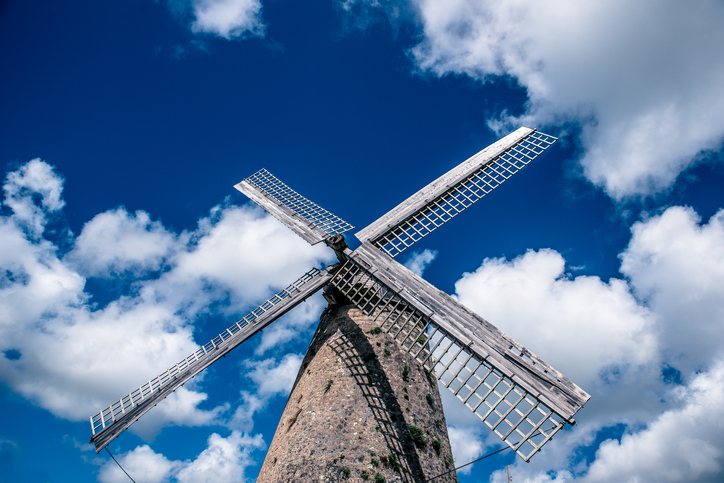Five Historic Sites You Should Visit in Barbados
by Karen Rollins Oct 3, 2022

Barbados’ rich and varied history can be seen all over the island in its geography, buildings, and people.
If you want to know more about how the island developed from its first inhabitants, through to when the first Europeans arrived, the best place to start is the Barbados Museum which is located at the Garrison.
After you have visited the museum to get a better understanding of the island’s past, present, and future, we then recommend exploring these five historic sites which also demonstrate how much Barbados has evolved.
Newton Burial Ground, St Michael
The Newton Slave Burial Ground in Christ Church is the largest and earliest slave burial ground discovered in Barbados. It contains the remains of hundreds of enslaved men, women, and children who died during the brutal era of plantation slavery.
The cemetery is located close to the slave village that was established by Samuel Newton in the 1660s.
Codrington College, St John
Codrington College in St John is the oldest theological college in the Western hemisphere, and the oldest tertiary institution in the region.
The main building, which is said to have been patterned after an Oxford college, is surrounded by impressive grounds and at the rear there is a panoramic view of the island.Inside the College’s chapel the altar is made of ebony, lignum vitae, and Cordia wood.
Barbados Parliament Buildings, Bridgetown
The Barbados Parliament was established in 1639, making it the third oldest in the British Commonwealth.
The current Parliament buildings in Bridgetown were erected between 1870 and 1874 and the first sittings were held in June 1874. One of the building’s most striking features is the clock tower which houses a clock that is nearly 150 years old with a pendulum that is 14 feet long.
Gun Hill Signal Station, St George
Gun Hill Signal Station is in the parish of St George. The station’s strategic position on a hilltop offers spectacular, panoramic views of the country to the east, south and west.
Gun Hill has an incredible history as part of a series of six signal stations built on Barbados in 1818, two years after the island’s only slave revolt. These stations were constructed to signal the approach of cargo or enemy ships and to help in the internal security of the country.
Morgan Lewis Windmill, St Andrew
The Morgan Lewis Windmill in the northern parish of St Andrew, is the largest and only complete sugar windmill still standing in the Caribbean.
The mill, which was built in the early 1700s and was operational until approximately 1947, was one of the longest running sugar mills in the region and is currently one of the best preserved.
In 1962, it was given to the Barbados National Trust by its owner Egbert L. Bannister for preservation as a museum, and since then up to $800,000 (BBD) has been spent restoring it.
—
Barbados’ landscape is full of glimpses from history and there are many more sites which have added to the island’s story. We hope you enjoy exploring!








